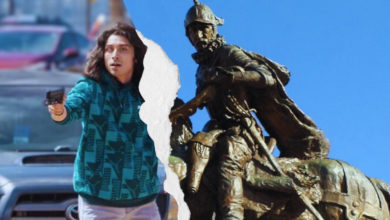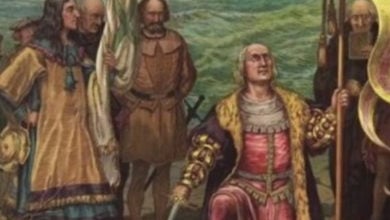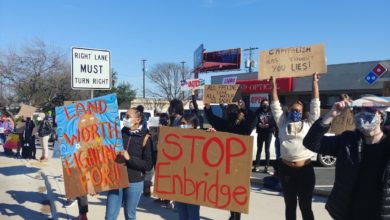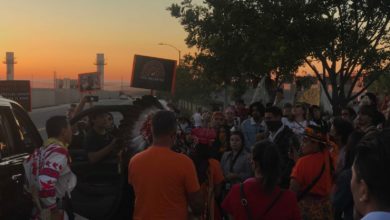October 11 is Indigenous People’s Day, a celebration of the long history of Indigenous resistance and solidarity with oppressed peoples the world over. This recognition and other similar days across the western hemisphere results from grassroots struggle to reclaim history for the people.
European colonizers arrived to the land now known as the Americas more than 500 years ago. This marked the beginning of the brutal pillage and enslavement of entire continents of people. Holidays which commemorate Christopher Columbus and other figures whitewash the genocide these colonizers spearheaded.
The passage of time does not guarantee progress. After centuries of exploitation, Indigenous people in the United States face very high rates of poverty, sickness and incarceration. Take the example of Pine Ridge reservation in South Dakota. Pine Ridge is the site of the Wounded Knee Massacre of 1890, where U.S. soldiers murdered hundreds of Plains Native Americans, including children, women and men.Today, the brutality continues but with silent causes. The area has the highest infant mortality rate in the country. Life expectancy for men on the reservation is just 48 years, and for women, 52 years.
It was within this context that on Feb. 27, 1973, the American Indian Movement began the 71-day occupation of Wounded Knee to spread awareness of historical and ongoing injustices to Indigenous people.
The U.S. government waged an all-out war against AIM. Just as they set out to destroy the Black Panthers and other radical organizations, the FBI was determined to kill or imprison the leaders of the movement for Native liberation. They falsified evidence to unjustly convict AIM member and organizer Leonard Peltier, resulting in two life sentences.
Peltier’s brutal imprisonment has only intensified his commitment to fight against injustice. The struggle for his freedom continues.
Many countries in Latin America had similar colonial-born holidays marking the anniversary of their conquest. On his third voyage in 1498, Columbus planted the flag of Spain in present-day Venezuela. The 1999 election of Hugo Chavez to presidency sparked the beginning of the Bolivarian Movement that nationalized the country’s oil and created major social programs that lifted millions out of poverty.
Three years later the rightwing would attempt a coup with the support of the U.S. government that intended to privatize the national assets and restore control to the elite class. The uprising of the people overturned the coup after just 47 hours, bringing Chavez back to the presidency and strengthening the Bolivarian Movement.
Later that year Chávez declared October 12 as Día de la Resistencia Indígena, the Day of Indigenous Resistance. Columbus’ statue was torn down two years later and the colonizer was tried in a court of public justice. By 2009 not a single statue of Columbus remained.
The continued honoring of Columbus in official government circles in the U.S. and elsewhere is in reality celebrating the genocide of Indigenous peoples. Capitalism cannot be separated from the exploitation and enslavement of the Indigenous and African people. The centuries-long struggle for justice shows us that the spirit of righteous rebellion will never be extinguished. Free Leonard Peltier! Long live Indigenous resistance!






